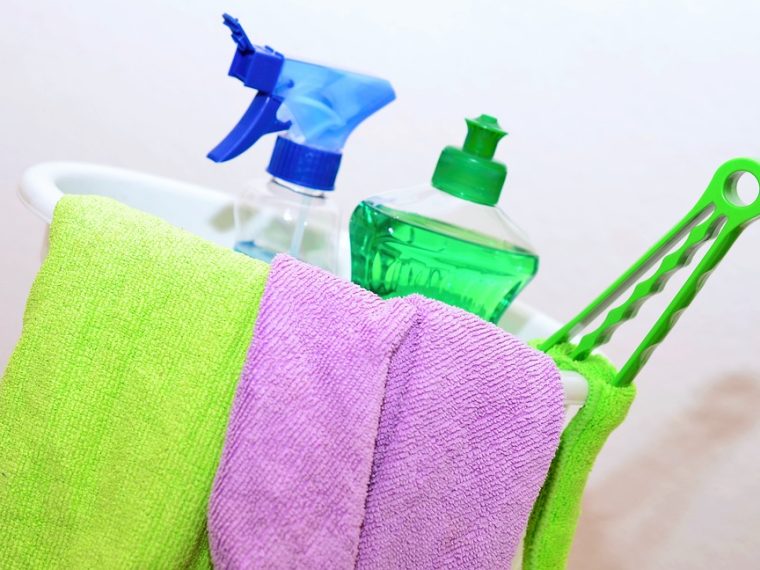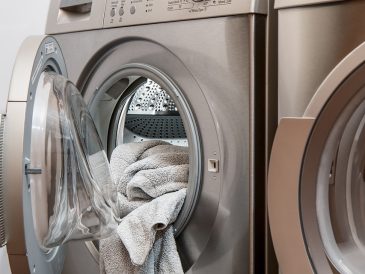Cleaning your home can be daunting and overwhelming, especially if you don’t have a plan. Creating a cleaning schedule can help you stay organized, manage your time more effectively, and ensure your home stays clean and tidy. In this guide, we’ll explore some key tips and strategies for creating a practical cleaning schedule that works for you and your household.
1) The Benefits of a Cleaning Schedule
Before we dive into the details of how to create a cleaning schedule, let’s take a moment to consider why having a plan can be so beneficial. A cleaning schedule can help you to:
- Stay organized and on track with your cleaning tasks
- Avoid feeling overwhelmed by breaking cleaning tasks into manageable chunks
- Make cleaning a regular part of your routine, which can reduce the overall amount of cleaning needed
- Ensure that all areas of your home are cleaned regularly
- Share cleaning responsibilities with others in your household
- Reduce stress and improve your overall quality of life by living in a clean and organized home
2) Assess Your Cleaning Needs
The first step in creating a cleaning schedule is to assess your cleaning needs. Consider the size of your home, the number of people living in your household, and any specific cleaning tasks that need to be done regularly. Make a list of all the areas in your home that need to be cleaned, such as bathrooms, bedrooms, kitchens, and living areas. Also, consider any special cleaning tasks, like deep cleaning carpets or washing windows, that need to be done regularly.
3) Determine Your Cleaning Frequency
Once you have assessed your cleaning needs, it’s time to determine how often you need to clean each area. Some areas, like bathrooms and kitchens, may need to be cleaned more frequently than others. Consider your own preferences and lifestyle when determining your cleaning frequency. For example, you may need to clean more often if you have pets or young children. Create a schedule that is realistic and manageable for you.
4) Allocate Cleaning Tasks
Now that you know what areas need to be cleaned and how often, it’s time to allocate cleaning tasks. Decide who will be responsible for each task, and when it will be done. You may want to assign specific tasks to different family members or rotate responsibilities weekly or monthly. Be sure to communicate the schedule clearly to everyone in your household so that everyone knows what is expected of them.
5) Create a System for Accountability
Creating a cleaning schedule is only the first step. To ensure that your schedule is effective, you need to create a system for accountability. This can include setting up reminders or notifications for cleaning tasks, creating a checklist to track completed tasks, or using a shared calendar to schedule and track cleaning responsibilities. Find a system that works for you and your household, and ensure everyone is on board and committed to following the schedule.
6) Adjust and Refine Your Schedule
Remember that your cleaning schedule is not set in stone. As your needs and circumstances change, you may need to adjust and refine your schedule. Be open to feedback and suggestions from other household members, and be willing to make changes as required. Regularly assessing and updating your cleaning schedule will help you to keep it effective and relevant.
Creating an effective cleaning schedule can be a game changer when it comes to managing your household and keeping your home clean and tidy. By assessing your cleaning needs, determining your cleaning frequency, allocating cleaning tasks, creating a system for accountability, and adjusting and refining your schedule as needed, you can create a schedule that works for you and your household. Remember that consistency is key when it comes to cleaning, so stick to your plan and hold yourself and others accountable for completing cleaning tasks. With a little effort and planning, you can enjoy a clean and organized home with minimal stress and effort. Happy cleaning!





